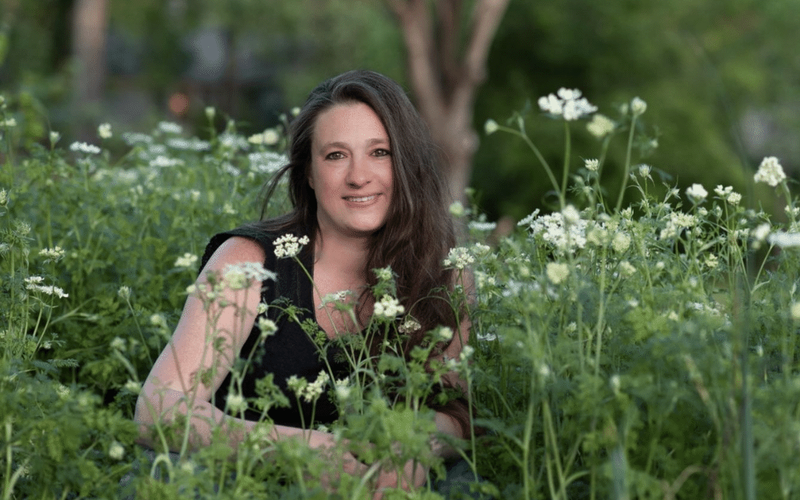Yoga therapy - reclaiming your body after trauma, addiction, and stress
- Holly Whalen
- Jul 15
- 2 min read

Yoga therapy isn’t about mastering the perfect pose or pushing through pain. It’s about reclaiming your body, especially if you’ve lived through trauma, addiction, or high-stress survival mode. As a Yoga Therapist and certified Trauma-Sensitive Yoga practitioner, I specialize in yoga for mental health, recovery, and emotional resilience. My approach isn’t soft. It’s sacred rebellion — because healing, especially from complex trauma or addiction, is not about pretending to be okay. It’s about finding your way back to yourself through breath, movement, and mindful presence.
Yoga therapy involves more than stretching — it’s a clinical and holistic practice. We don’t assume a “one-size-fits-all” approach. Instead, we tailor breathwork, mindfulness, and movement to your specific needs, history, and capacity. Whether you’re a veteran, a survivor of abuse, or someone battling stress, we meet you where you are. My practice begins with a thorough intake: health history, trauma exposure, medications, and goals. From there, we co-create a path forward that prioritizes your safety and empowerment.
One of the most effective modalities I use is Trauma Center Trauma-Sensitive Yoga (TCTSY). Unlike traditional yoga, TCTSY isn’t about poses — it’s about presence. It’s evidence-based, backed by over a decade of clinical research, and rooted in trauma theory, attachment theory, and neuroscience. There are no commands. No hands-on adjustments. No “perfect” forms. Just invitational language and space to make choices, because trauma survivors often had no choice. And for many, the idea of safety in their body is foreign.
Complex trauma — like childhood abuse, neglect, or exposure to violence — rewires the nervous system. Many survivors live in chronic “fight or flight,” stuck in high-alert sympathetic states. That’s why breathwork matters. Deep belly breathing activates the parasympathetic nervous system — our rest-and-digest mode — and helps the body recognize it’s safe. Techniques such as box breathing, 4-7-8 breath, or the “extra inhale” can reduce anxiety, improve sleep, and foster emotional regulation. Breath is free medicine — and it works.
TCTSY also offers something rare: a shared authentic experience. I practice alongside my clients, modeling what it looks like to tune inward without performing or fixing. You wear whatever’s comfortable. You move — or not. You notice what’s happening inside. That’s called interoception, and it’s powerful for trauma survivors who’ve learned to dissociate from their bodies.
Yoga therapy also supports addiction recovery. Research shows that unresolved trauma significantly increases the risk for substance use disorders. The Adverse Childhood Experiences (ACEs) study makes this connection clear: trauma in childhood often leads to addiction in adulthood. But traditional addiction treatment doesn’t always address trauma, and that’s where body-based healing like TCTSY fills the gap.
Healing is never linear. And it’s rarely gentle. But when talk therapy hits a wall, the body still holds keys to freedom. By creating safe, predictable, non-coercive spaces, yoga therapy helps clients build trust — not just in me, but in themselves. Because the body remembers — but it also knows how to heal, when given the chance.




Comments